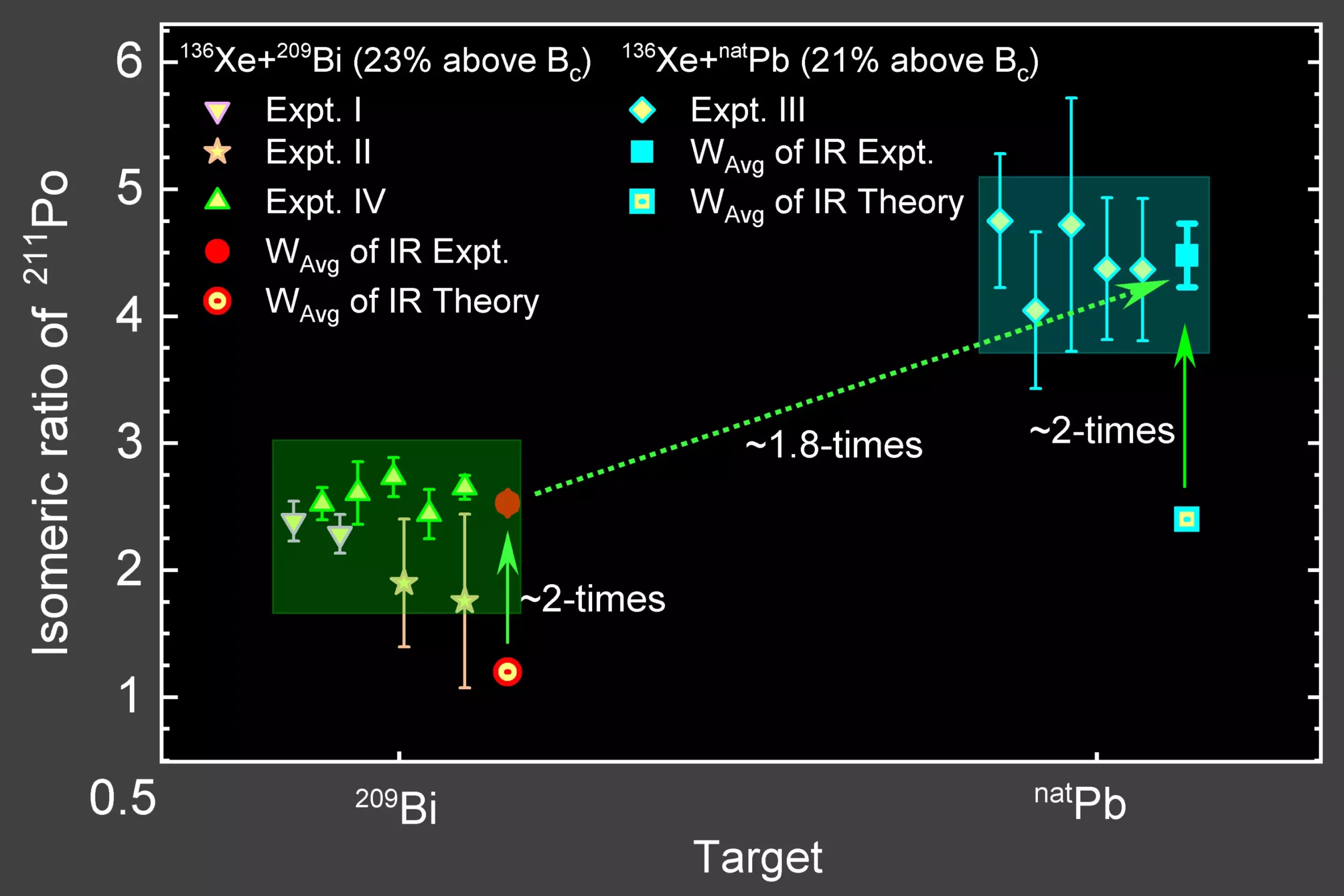The quest to explore the depths of heavy neutron-rich nuclei represents one of the most compelling frontiers in contemporary science. These elusive nuclear species defy traditional production techniques, challenging scientists to devise novel methods to probe their properties. Historically, the dominant approaches—fusion-evaporation, fusion-fission, and fragmentation—have reached their limits, struggling to access the most exotic corners of the nuclear landscape far from the valley of stability. This impasse signals a need for more sophisticated strategies capable of unlocking the secrets hidden within these complex systems.
Multinucleon transfer (MNT) reactions have emerged as a key innovation, offering a promising pathway toward this goal. By facilitating the exchange of multiple protons and neutrons between interacting nuclei at energies around the Coulomb barrier, MNT reactions enable the production of neutron-rich fragments with tantalizingly high isomeric states at relatively low excitation energies. This approach is fundamentally different from conventional methods, as it allows researchers to “reach” regions of the nuclear chart that have otherwise remained inaccessible. The power of MNT reactions lies in their ability to generate these elusive nuclei with high fidelity, opening new avenues for scientific discovery.
Illuminating the Power of Isomers in Nuclear Structure and Reactions
A particularly exciting aspect of recent research in MNT reactions concerns isomers—long-lived excited nuclei states that serve as sensitive probes into the internal architecture of atomic nuclei. These states, distinguished by their remarkable longevity, act as natural laboratories for understanding the intricacies of nuclear configuration. By analyzing the relative production of these isomers—quantified through isomeric ratios (IRs)—scientists gain critical insight into how nuclei form and evolve during heavy-ion collisions.
The detailed study of IRs sheds light on the mechanics of angular momentum transfer—specifically, how the spin of the target nucleus and the nature of proton (p-) transfer influence the population of high-spin isomeric states. Such understanding is vital because it informs on the nuclear response to specific transfer channels, revealing the underlying spin alignment processes. Moreover, these investigations serve as tests for theoretical models, challenging their ability to accurately reproduce experimental results. The refinement of these models is essential to predict the behavior of nuclei under extreme conditions and to guide future experiments.
Experimental Breakthroughs at the Forefront of Research
Recent experimental efforts at the University of Jyvaskylä’s IGISOL facility exemplify the potential of MNT reactions in uncovering the properties of neutron-rich nuclei. Utilizing intense beams of xenon-136—delivering approximately 10^11 particles per second—researchers directed these high-energy projectiles onto heavy targets of lead and bismuth. Such configurations facilitate the transfer of multiple nucleons, producing fragments with mass number around 211, including notable isomers of polonium-211.
By employing advanced detection systems—particularly helium-filled gas stopping cells—researchers could efficiently capture and accelerate the MNT fragments. This methodology allowed for precise identification of the products through alpha-decay spectroscopy, revealing a pronounced increase in the production of polonium-211 isomers relative to their ground states. Notably, the experiments demonstrated an enhanced yield of isomers formed via two-proton transfer channels compared to one-proton transfer routes, highlighting the influence of specific transfer mechanisms on the nucleus’s final state.
These results underscore the catalytic role of projectile mass and transfer channels in shaping nuclear outcomes. The data align qualitatively with sophisticated theoretical models—particularly Langevin-type MNT calculations—that simulate the transfer processes and angular momentum distributions. However, this synergy between experiment and theory also emphasizes gaps that require further exploration, especially to accurately predict and control the population of high-spin isomers in complex nuclear reactions.
The Path Forward: Toward a Deeper Understanding of the Nuclear Landscape
The ongoing exploration of the terra incognita region of the nuclear chart through MNT reactions signifies a paradigm shift in nuclear physics. Unlocking the properties of heavy, neutron-rich nuclei not only fills critical gaps in our understanding of nuclear structure but also bears profound implications for astrophysics—particularly in explaining the origins of the heavy elements forged in cosmic cataclysms through processes like the r-process.
Future research endeavors must expand upon the current successes, pushing toward the production of even more neutron-rich isotopes near key shell closures such as N=126. These investigations promise to refine our knowledge of nuclear masses, shell behavior, and reaction mechanisms, refining the models that underpin nuclear science. The intertwined progress of experimental innovation and theoretical sophistication promises a future where the most reclusive nuclei become accessible, unveiling the fundamental principles that govern the universe’s elemental composition.
The drive to explore such uncharted territory is not merely academic; it challenges our understanding of matter at the most fundamental level, pushing the boundaries of human knowledge and technological capability. As scientists continue to unravel these nuclear mysteries, they remind us that the frontier of science is continually expanding—driven by curiosity, ingenuity, and an unwavering pursuit of understanding.

